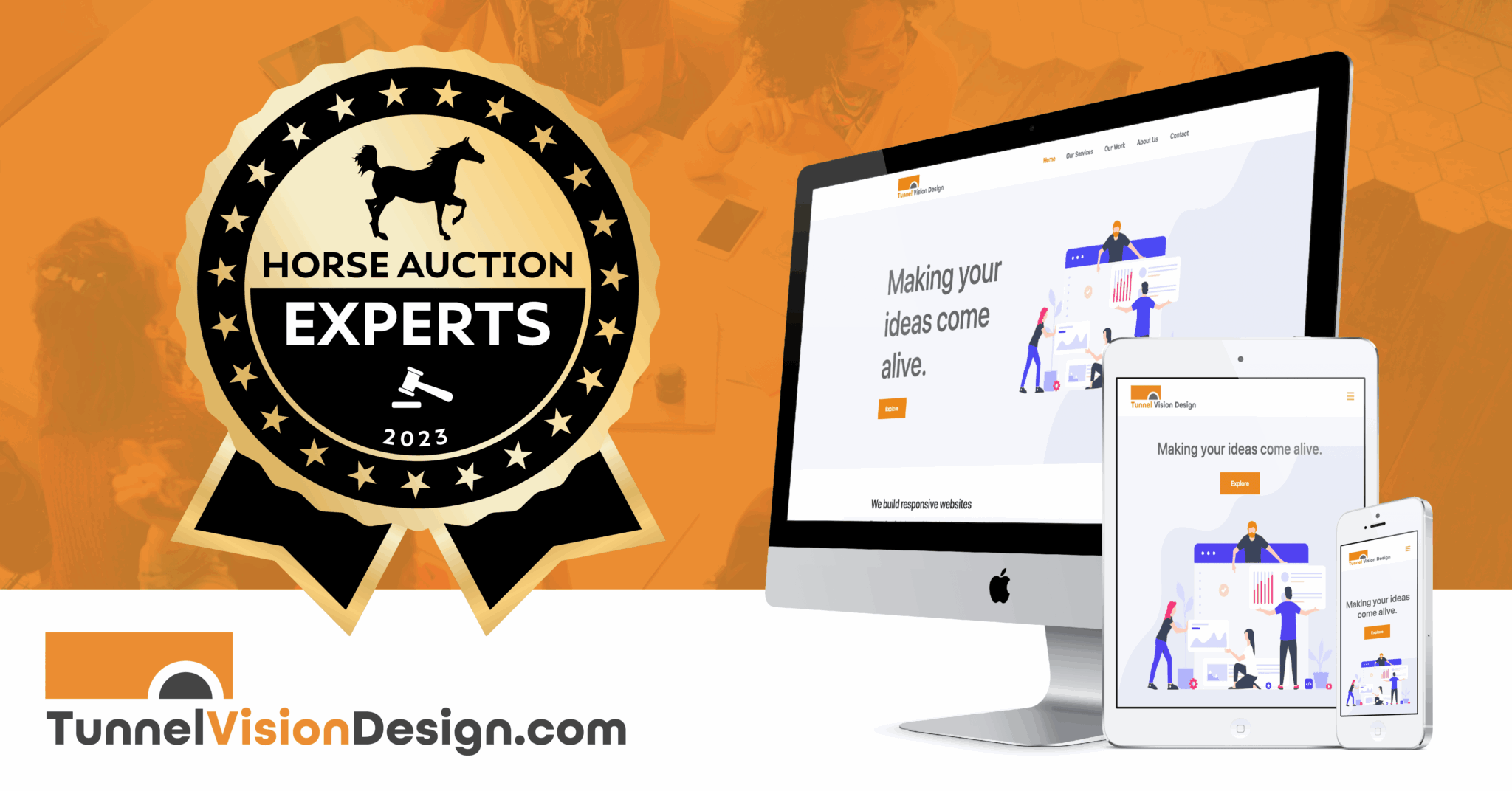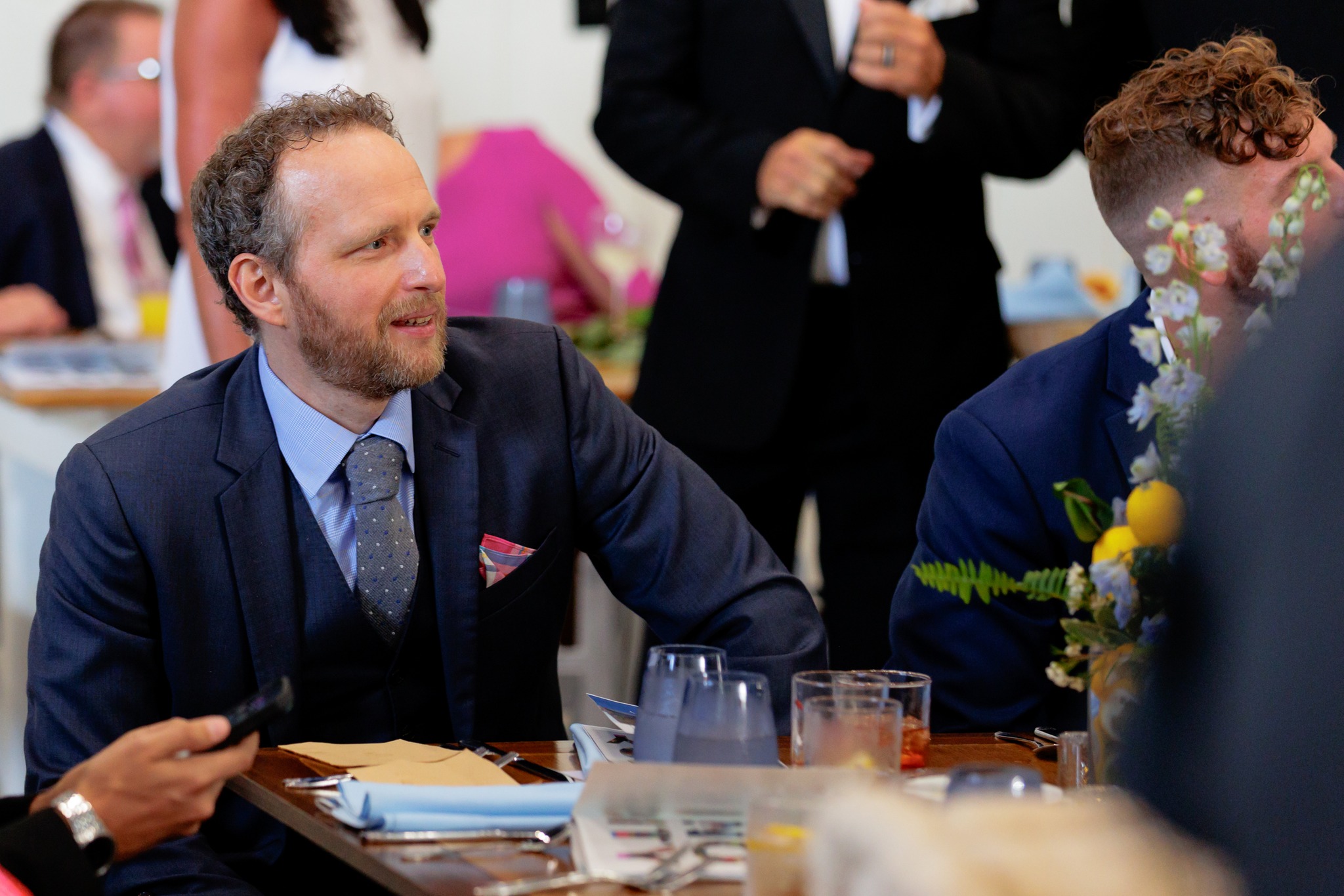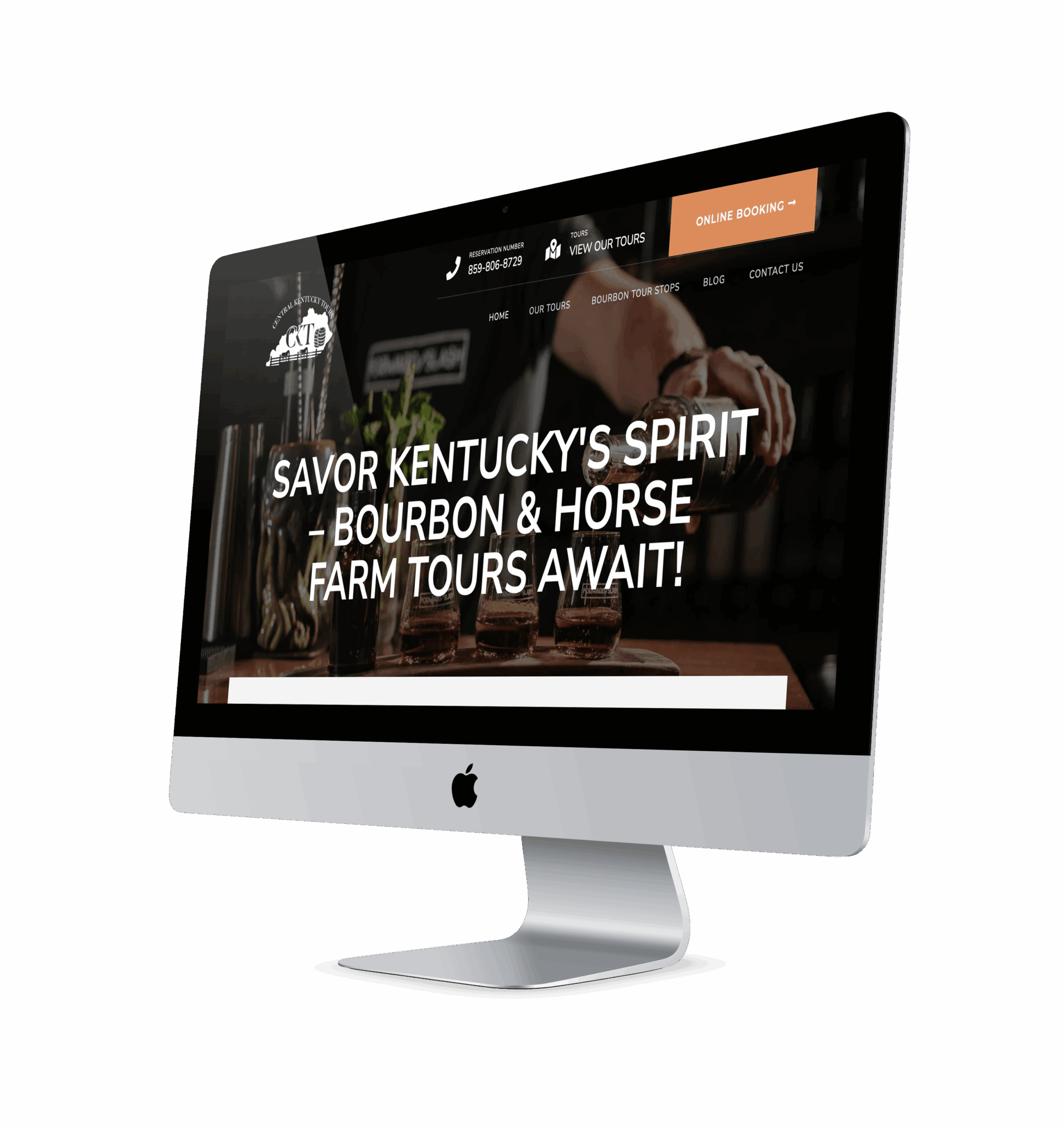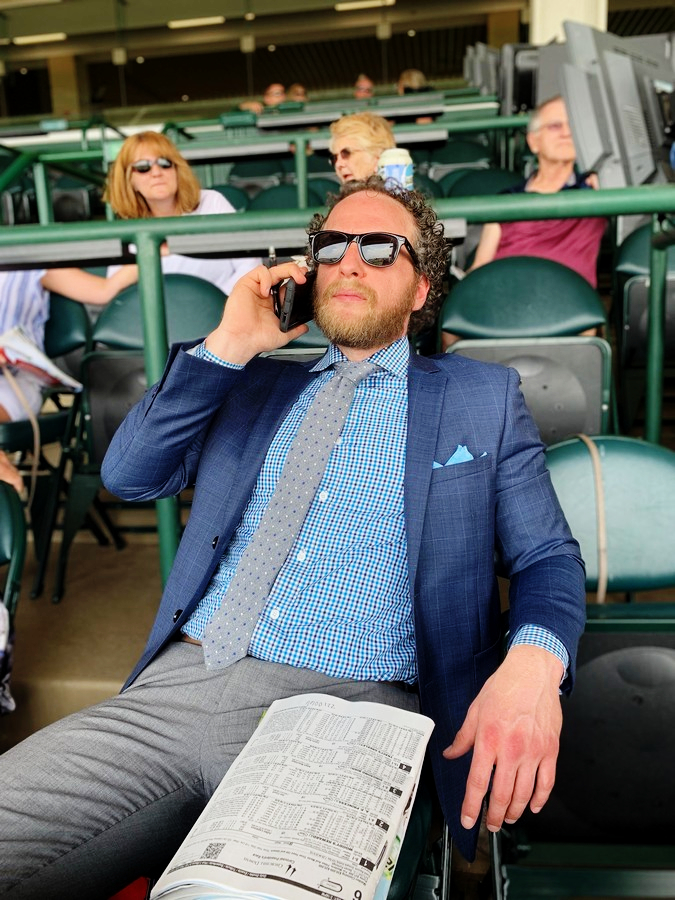We caught up with the brilliant and insightful Jason Burgbacher a few weeks ago and have shared our conversation below.
Jason, thanks for joining us, excited to have you contributing your stories and insights. We’d love to hear you experience with and lessons learned from recruiting and team building.
When we first started our business, we didn’t hire employees right away. In fact, we held out for nearly five years before bringing anyone else on board. Early on, we had heard advice from people we respected: keep your variables down. Hiring employees isn’t just about adding hands—it’s about adding responsibility, management, and the need to hand over trust. For us, that was a difficult step to take. We liked having full control, and giving that up was not easy.
When the time finally came to grow the team, our first challenge was figuring out where to find people. We put out feelers, interviewed some candidates we didn’t know, and also relied on referrals from people we trusted. In the end, all of our hires so far have come from referrals. That has worked well for us because it ensures a baseline of trust before the first interview even happens.
Our interview process has been less about technical perfection and more about intangibles—coachability, communication, and reliability. I try to gather as many data points as possible in every interaction, whether it’s an email, a text, or a casual conversation. Sometimes I probably overanalyze, but it’s how I build confidence in a hiring decision. If someone shows even small cues of accountability and the ability to learn quickly, that goes a long way.
We also debated outsourcing overseas at one point, but for us, customer service is at the heart of what we do. Time zones, language barriers, and cultural differences all felt like risks that outweighed the cost savings. We needed people who could work alongside us, often directly in front of our customers. Until very recently, I was the only one who would ever lead a client meeting. Now, for the first time, we have employees who can represent the company in front of clients without me in the room—something I wouldn’t have believed possible just a couple of years ago. That’s a huge step in trust and growth for us.
Looking back, I don’t think I would have done anything differently. Waiting as long as we did to hire gave us time to build a strong foundation and a clear vision. Casting a wide net and then narrowing down through referrals gave us the right mix of options and trust. Today, we’re finally at a point where hiring isn’t just about survival—it’s about freeing me up to focus on growth instead of being stuck turning gears every day. That transition has been both scary and rewarding, but ultimately it’s what allows us to move forward as a company.

Jason, love having you share your insights with us. Before we ask you more questions, maybe you can take a moment to introduce yourself to our readers who might have missed our earlier conversations?
I’m the Technical Director of Tunnel Vision Design, a web design and development agency based in Kentucky. Even though we’re rooted in Kentucky, our reach has expanded far beyond state lines—over the years, we’ve built strong relationships and referrals that have carried our work across the western states and beyond. It’s been interesting to watch how the market itself shaped our trajectory. What started as a company focused primarily on building websites, managing hosting, and handling day-to-day technical needs has shifted into a much broader role: helping businesses grow their visibility and presence through SEO, exposure management, and digital marketing. In short, we help companies get found, get noticed, and get results online.
What sets us apart is something we hear often from our clients: clarity. We make it simple for our clients to understand what services will cost—not just in the short term, but in the long run as well. There are no surprise invoices or hidden fees. From day one, we set expectations clearly—what we’ll deliver, what we’ll need from our clients to make the project a success, and how payment will work. That foundation of trust and communication allows us to focus on what really matters: building solutions that help businesses grow.
I’m most proud of the success stories we’ve been part of. We’ve worked across a wide range of industries, and no matter the field, we immerse ourselves deeply in the work so that we can deliver results that actually move the needle. Our clients can see measurable gains, whether it’s through organic search growth, brand development, or an increase in customer engagement. Beyond the numbers, what really excites me is when a client feels proud to showcase their brand—when they see the work we’ve done and feel confident saying, this represents us. That’s when I know we’ve done our job.
At the end of the day, Tunnel Vision Design isn’t just about building websites—it’s about building long-term relationships and creating strategies that allow businesses to thrive. We want potential clients to know that when they work with us, they’re getting more than a service provider. They’re getting a partner invested in their success.
Any resources you can share with us that might be helpful to other creatives?
The number one resource I wish I had discovered earlier in my creative journey is Otter (O-T-T-E-R), a meeting recorder and note-taking tool. For someone like me, time management and organization are always top of mind. Having a way to keep my action items clear, reference past meetings, and free up mental space has been a game-changer.
Otter has completely changed the way I approach productivity. Instead of trying to commit every conversation to memory, I now have searchable transcripts of meetings that I can revisit at any time. Even better, I can share those transcripts directly with my team, so there’s no need to play “middleman” and risk losing nuance or context. Everyone gets the client’s words as they intended them, which allows us to make stronger, more informed decisions.
It’s hard to overstate the impact this has had. My meetings are more valuable, my follow-up is more precise, and our team collaboration has improved dramatically. If I could recommend just one tool to other business owners or creatives, it would be Otter.

Can you open up about a time when you had a really close call with the business?
I can say with certainty that we’ve never faced something as dire as missing payroll or a near-death moment for the business, but there was one period that really stands out. It had been a long stretch without a new client, and the phone just wasn’t ringing. Leads weren’t coming in, and I remember asking myself, is this it? Is this where it ends? Those moments of silence can be louder than anything else.
What I learned in that season was the importance of doubling down on process and consistency. It’s easy to get discouraged when momentum stalls, but that’s exactly when you need to stay the course. For us, that meant sticking with the things we knew worked—whether that was continuing to post on social media to show we were present, making calls, or reaching out to keep conversations alive. It was also a chance to lean deeper into the relationships we already had, giving our existing clients extra attention and making sure they felt valued.
Looking back, that lull became less of a crisis and more of a proving ground. It taught me resilience, patience, and the value of showing up even when things feel stagnant. And in time, the leads did come back. It was a reminder that in business, consistency and persistence can carry you through the quiet stretches until momentum returns.
Contact Info:
- Website: https://tunnelvisiondesign.com/
- Instagram: https://www.instagram.com/tunnelvisiondesign/?hl=en
- Facebook: https://www.facebook.com/tunnelvisiondesign/
- Linkedin: https://www.linkedin.com/company/tunnel-vision-design
- Youtube: https://www.youtube.com/channel/UC7w40nAe0DGduUpjEiz6inw/



